Einstein first proposed the cosmological constant in 1917 to [supposedly] solve a problem in the Theory of General Relativity. He believed that the Universe was static, but it was necessary to explain why matter did not collapse due to gravitational attraction.
By inserting the cosmological constant, a hypothetical force with repulsive pressure that balanced the gravitational attraction, the galaxies would remain still.
Years later, after the discovery that galaxies are moving away from us, scientists concluded that a stabilizing mechanism for the Cosmos was no longer necessary. However, observations of distant supernovae revealed that the Universe’s expansion is accelerating — which now brings the question: what if this can be explained by the cosmological constant?
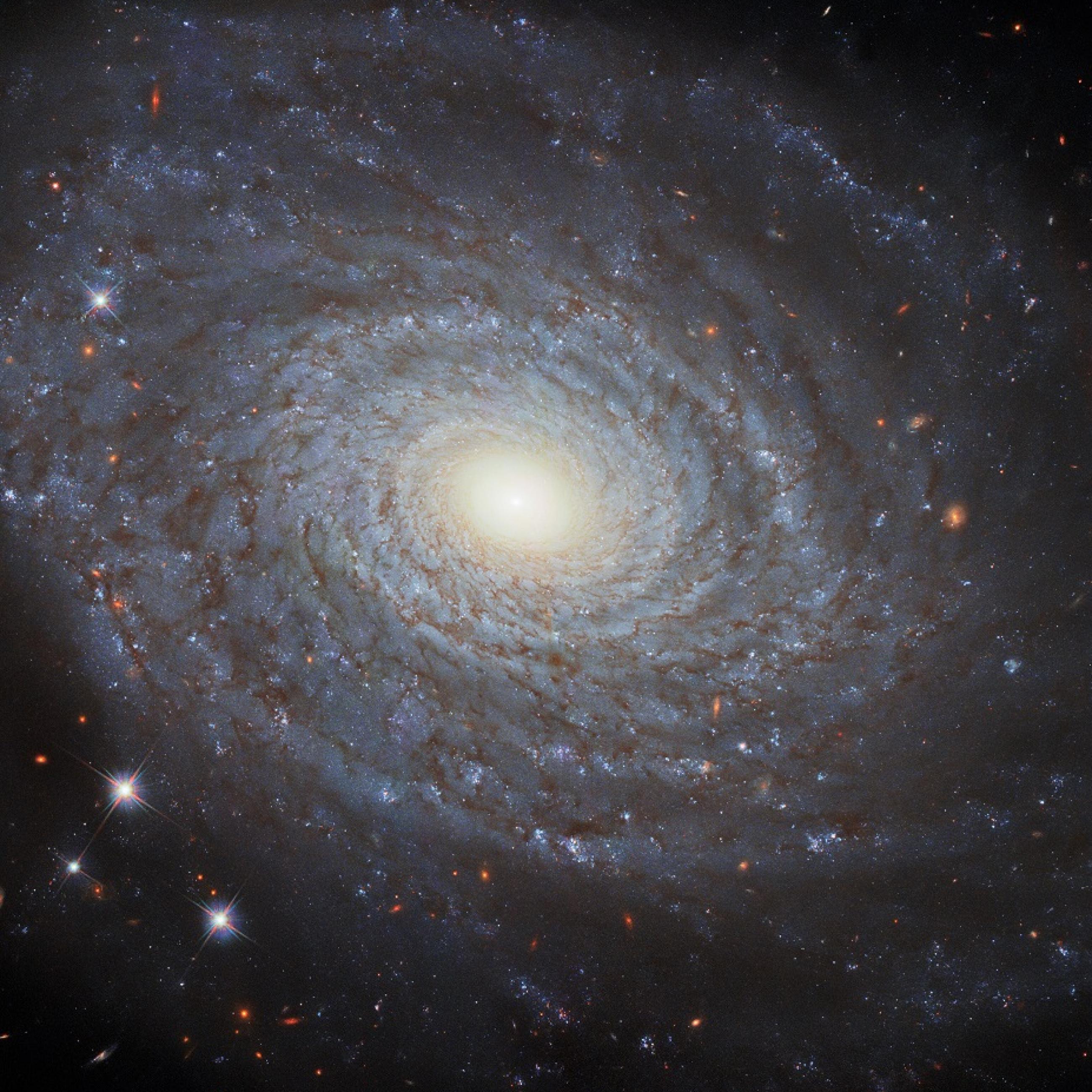
EINSTEIN’S COSMOLOGICAL CONSTANT
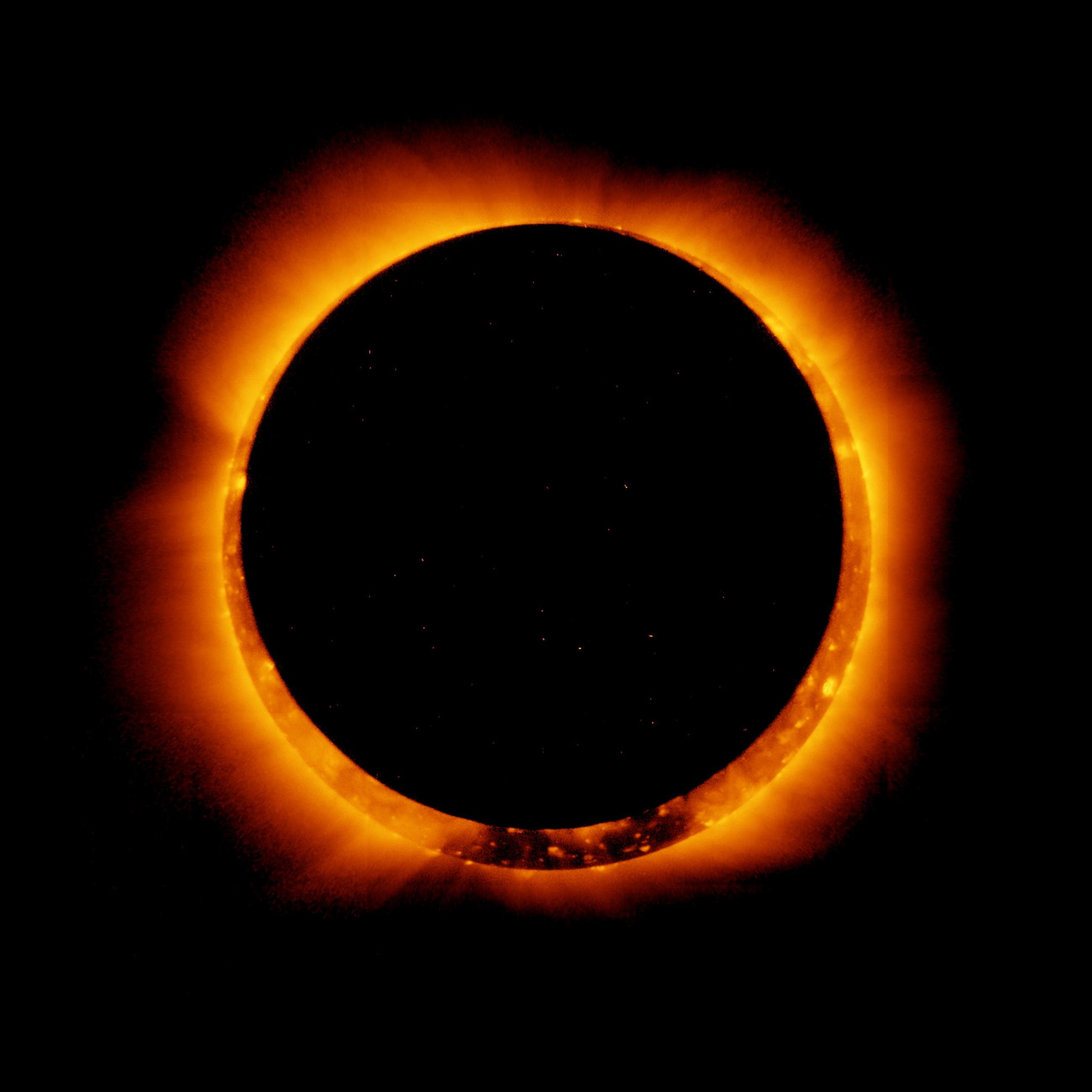
RING OF FIRE LIGHTS UP THE SKY
An Annular Solar Eclipse happens when the Moon is further away from our planet than usual and aligned between the Sun and Earth, — partially or perfectly aligned — making the apparent size of the natural satellite seem smaller from our point of view.
As a result, the sunlight is visible on the outer edges around the Moon, making it look like a ‘ring of fire’.
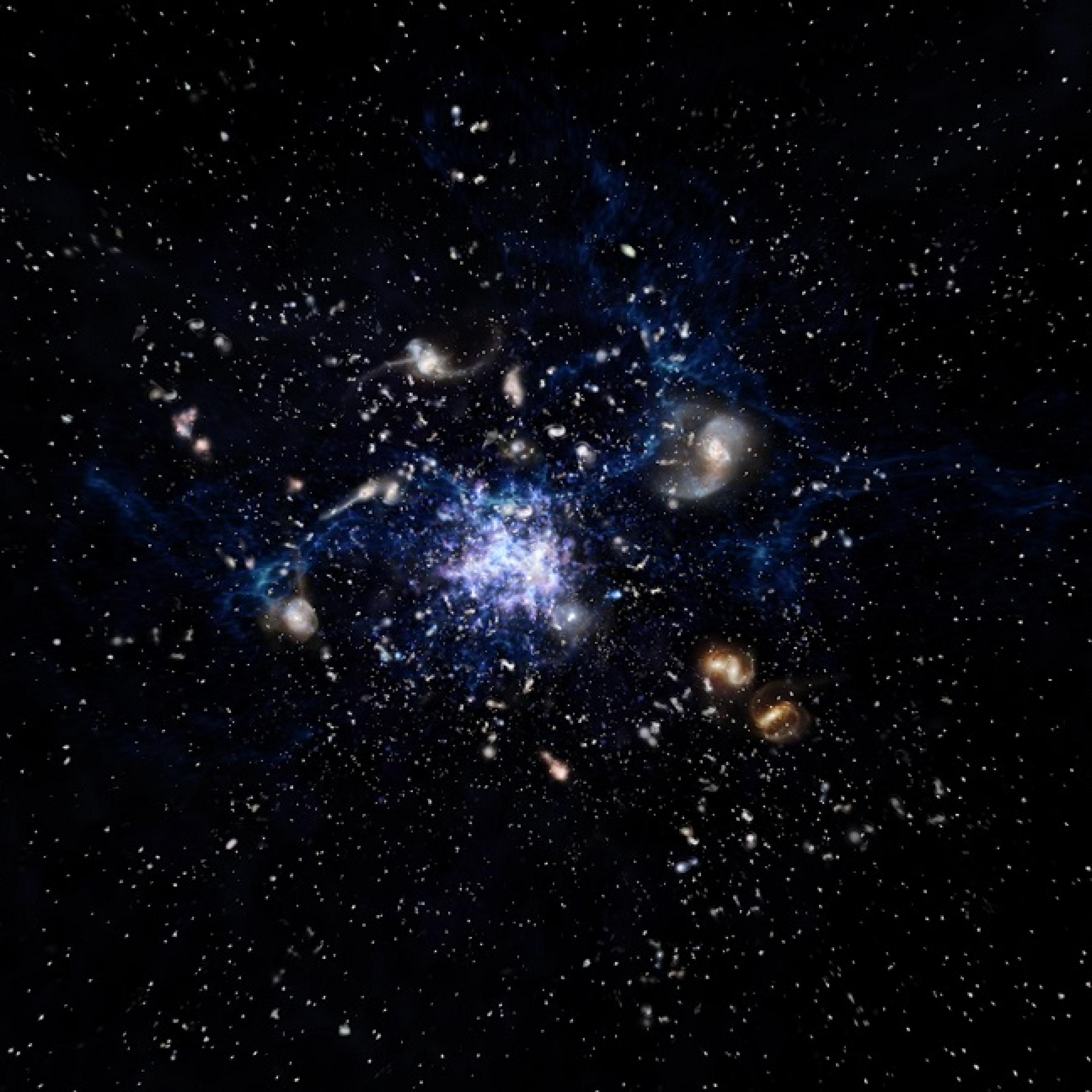
THE BIG RIP
It is a hypothesis formulated in the article “Phantom Energy and Cosmic Doomsday”, published in 2003, about how the Universe could come to an end.
Considering the existence of Dark Energy, — which is a theoretical form of energy that has a repulsive pressure, opposing gravity — it would be responsible for affecting the Universe expansion. If the amount of energy increases over time, behaving differently from The Standard Model [in which it remains constant], in billions of years from now, the pressure could be so intense that it would rip stars and planets from their orbits, then Dark Energy would overcome all forces and lead to all atoms being disintegrated.
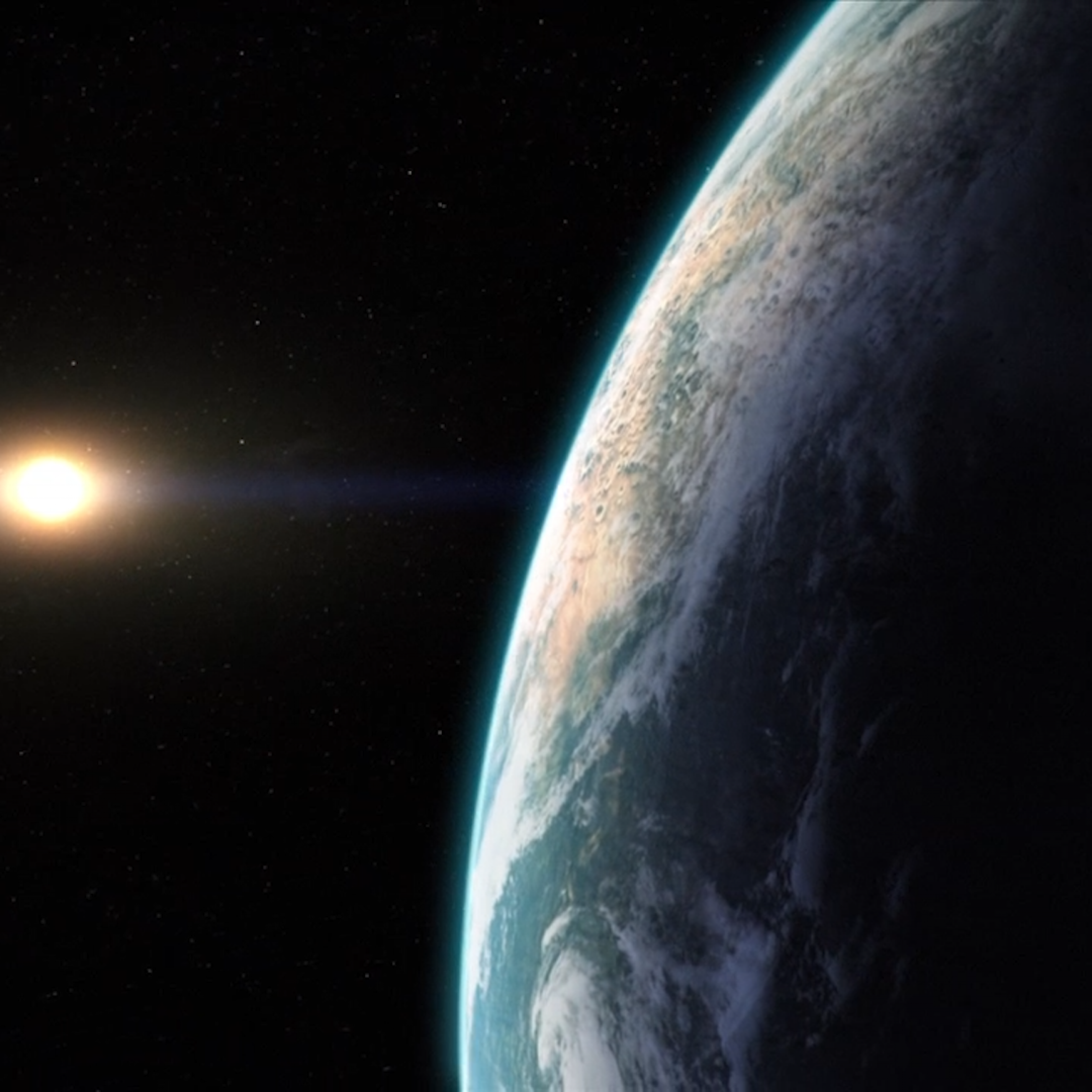
WHAT ARE BIOMARKERS?
They are possible signatures of life on a planet's atmosphere. Earth has a rich atmosphere in chemical elements such as Oxygen and Methane, those particles also affect the incoming sunlight, which scatters and absorbs in a different way when compared to planets without life forms.
However, it is believed that those signatures were only detected 2 billion years ago on Earth, even though life began developing approximately 3,5 billion years ago. Therefore, it is reasonable that an exoplanet is bearing life, but its biomarkers levels cannot be measured by our current technology.
If we detect them, it is necessary to discard all other explanations before considering that the signatures are caused by biological processes.
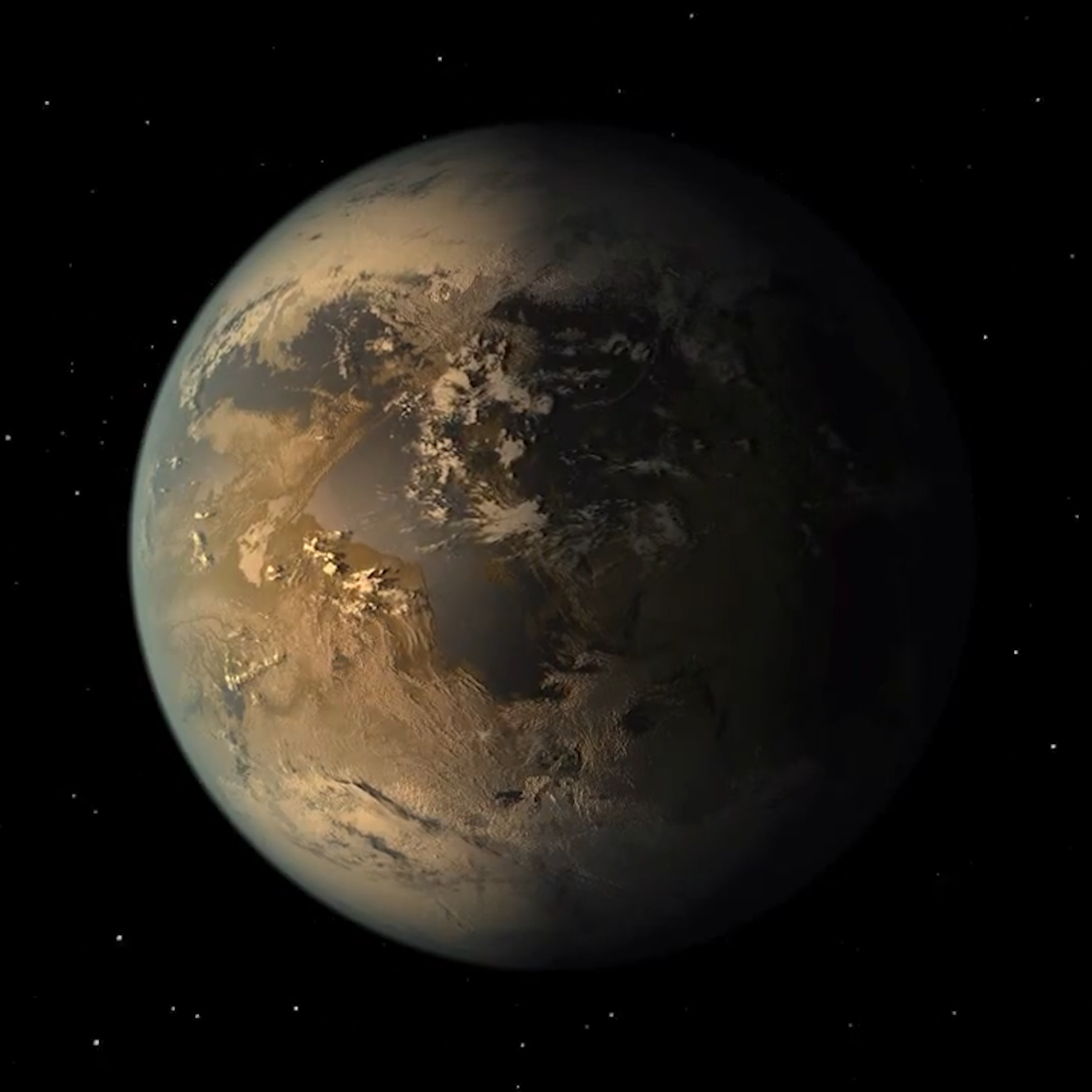
WHAT IS A SUPER-EARTH?
It is a class of rocky planets defined by its size. A super-Earth is more massive than our planet - which weighs about 5.9722 × 10^24 kg or 5,9 sextillion kilograms - but lighter than the Gas Giants of our Solar System (Earth has 0,3% of Jupiter’s mass).
It is not defined by other conditions such as temperature. These planets are candidates to host life as we know, especially the ones twice Earth's size.
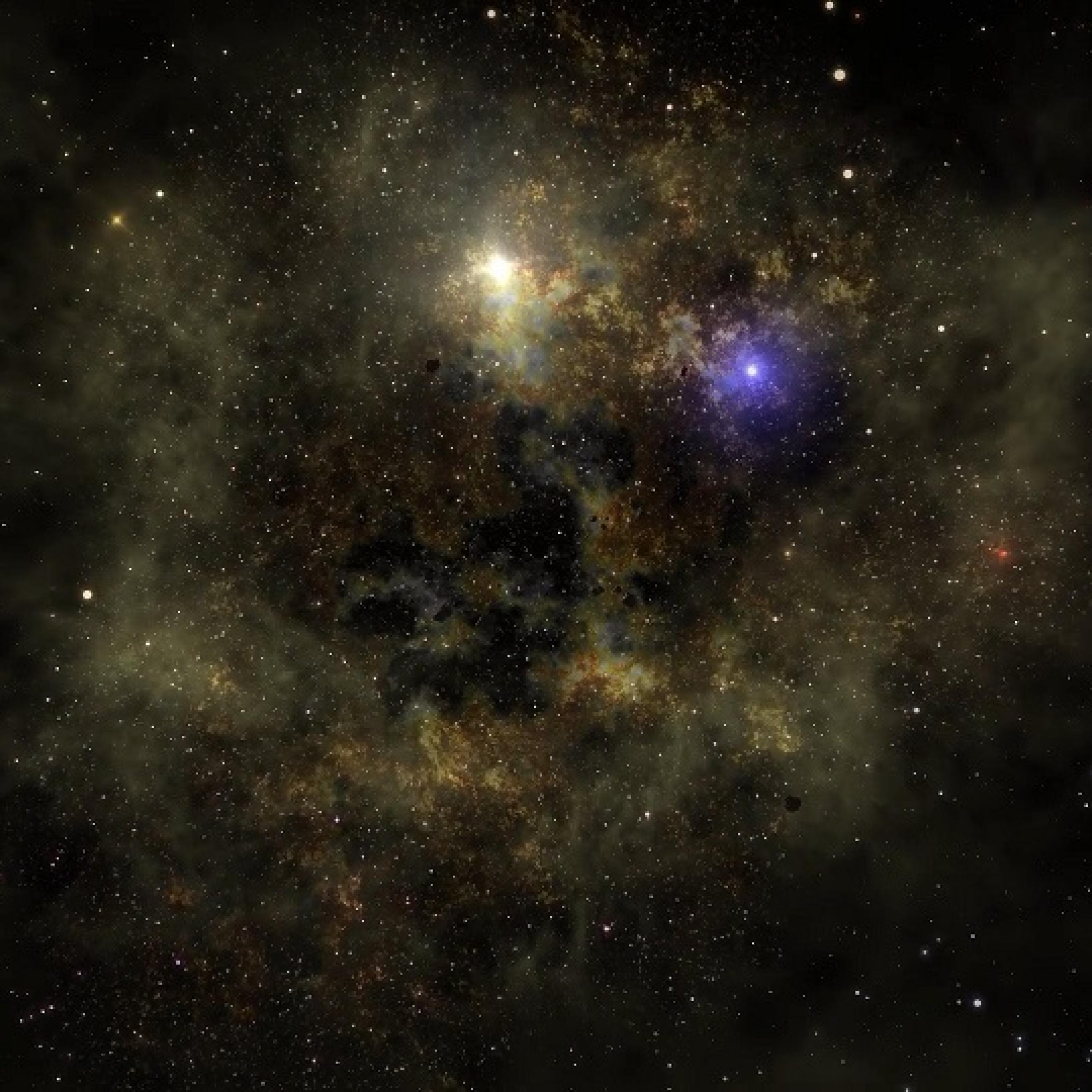
HABITABLE ZONE CONDITIONS
The potential life-bearing planet cannot be located neither too close nor too far from its star, therefore, its temperature allows the presence of water in liquid form, which is essential to define a habitable zone.
Also, the star cannot be close to the center of the Milky Way, where powerful stellar explosions - called Supernova - constantly happen. If it is located at the edges of the galaxy, there will not be enough quantities of biogenic atoms.
Sun-like stars have bigger habitable zones, while Red Dwarfs radiate extreme levels of radiation, which makes their habitable zone much narrow and closer. Supermassive stars live very little and the less massive ones are too cool to develop advanced life. Astronomers believe that Orange Dwarfs have intermediate properties between these two types and, therefore, are more likely to nurture life as we know it.
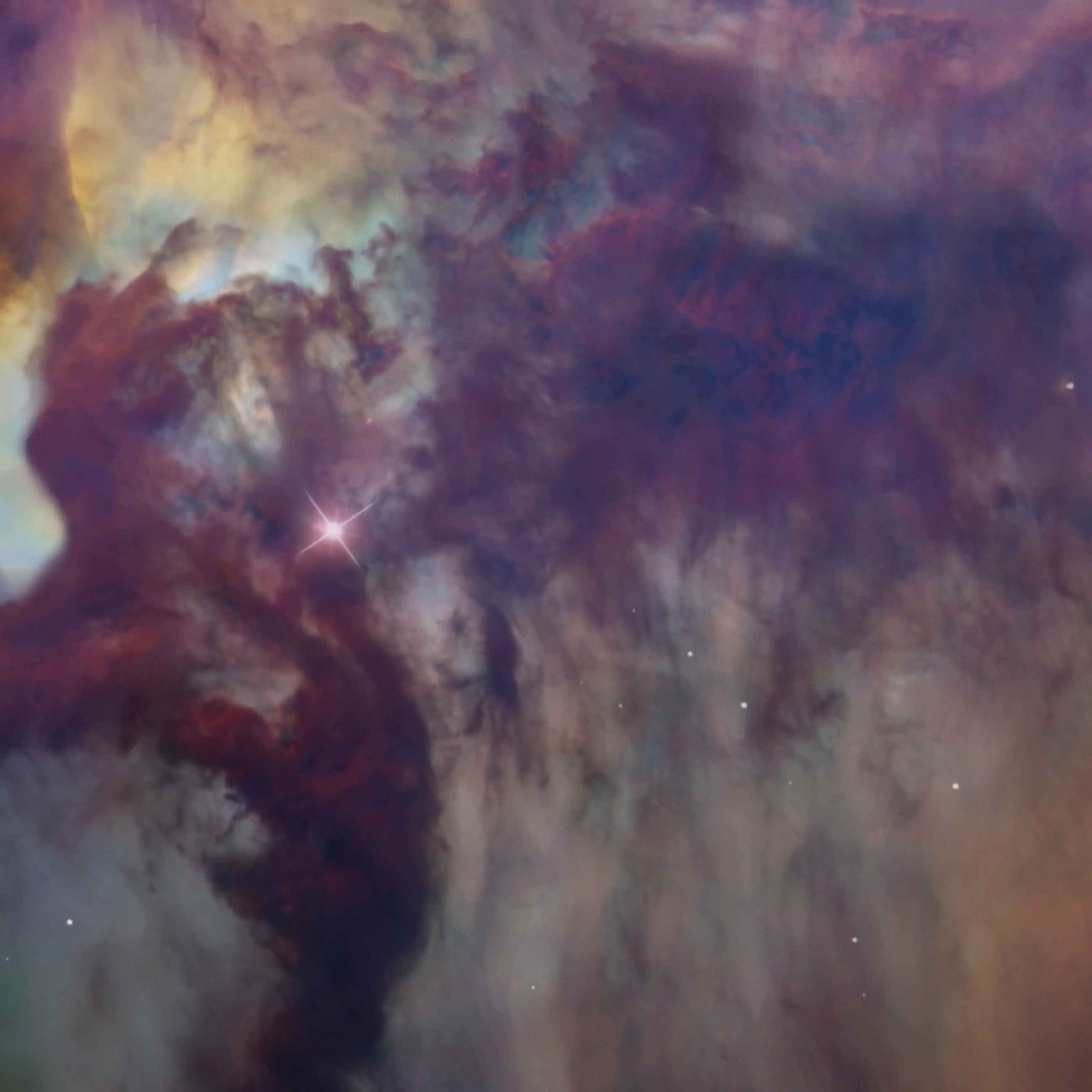
INTERSTELLAR CLOUDS
They are regions of the Galaxy made of accumulated gas, dust and plasma. Their mainly chemical elements are Hydrogen and Helium. Hydrogen is its primary component, present in a variety of states, depending on the characteristics of each cloud.
Scientists used to believe that due to density and low temperatures of these clouds, chemical reactions and production happened slowly. However, organic molecules found on them suggest that it happens much faster. Since laboratories requite really high temperatures and pressure to produce them.
By the clouds being so cold, the dust is covered by ice. These grains will clutch and increase size, forming celestial objects in the Universe.
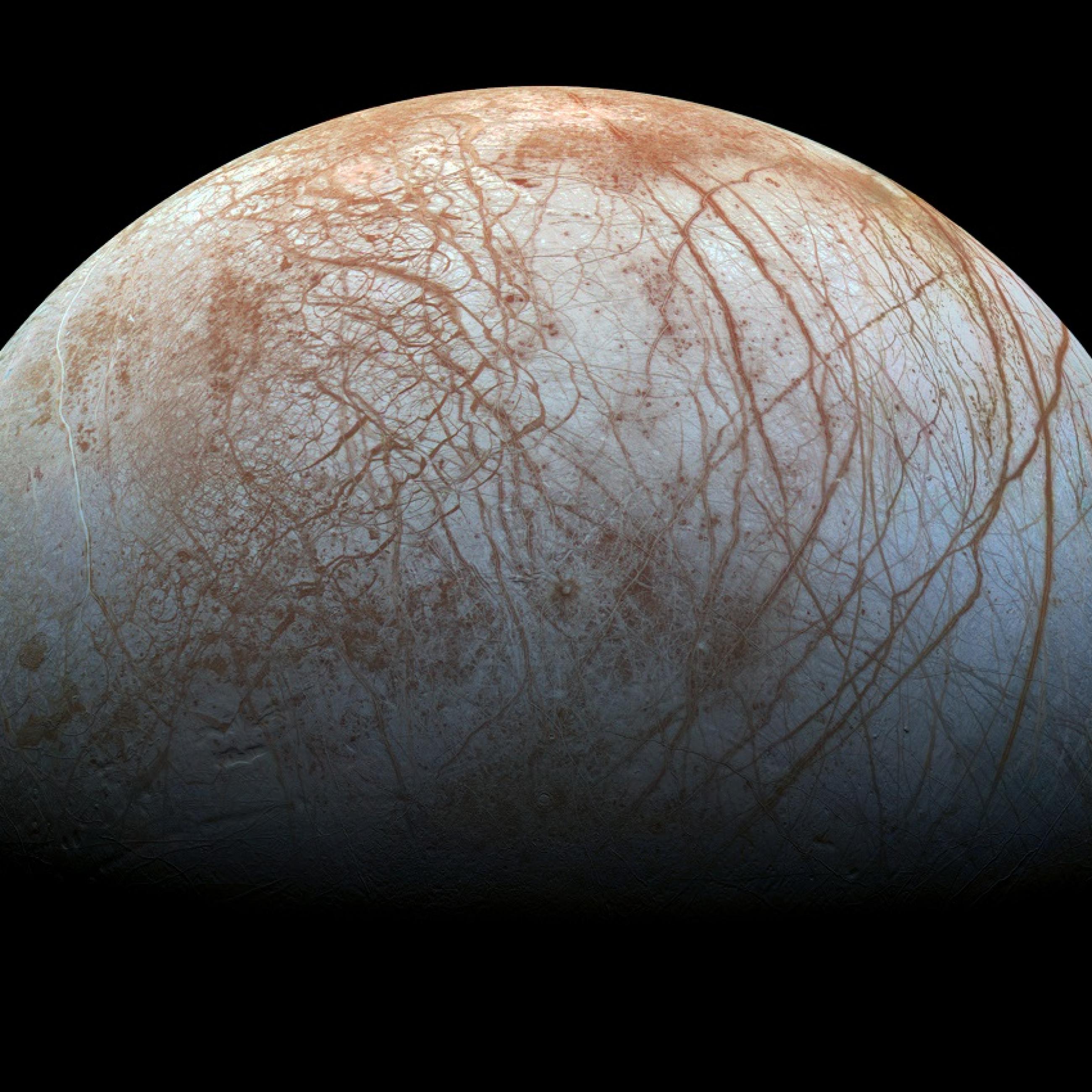
WATER IN THE SOLAR SYSTEM
Earth has 1,335 ZL of water - 1 zettaliter (ZL) equals 1 billion km³ of water . In October 2020, NASA announced the discovery of liquid water on the Moon, but this is not the only place in the Solar System where it has already been found. Europa, one of dozens of moons that orbit Jupiter, has ice on its surface and evidence of a vast underground ocean.
A 20-year study published by the astrobiologist Steve Vance of NASA Jet Propulsion Laboratory suggests that these moons may have more liquid water than our planet: Europa (2.6 ZL), Callisto (5.3 ZL) Titan (18.6 ZL), and Ganymede (35.4 ZL). While Enceladus, Triton, Dione and Pluto may have the substance in lower quantities.
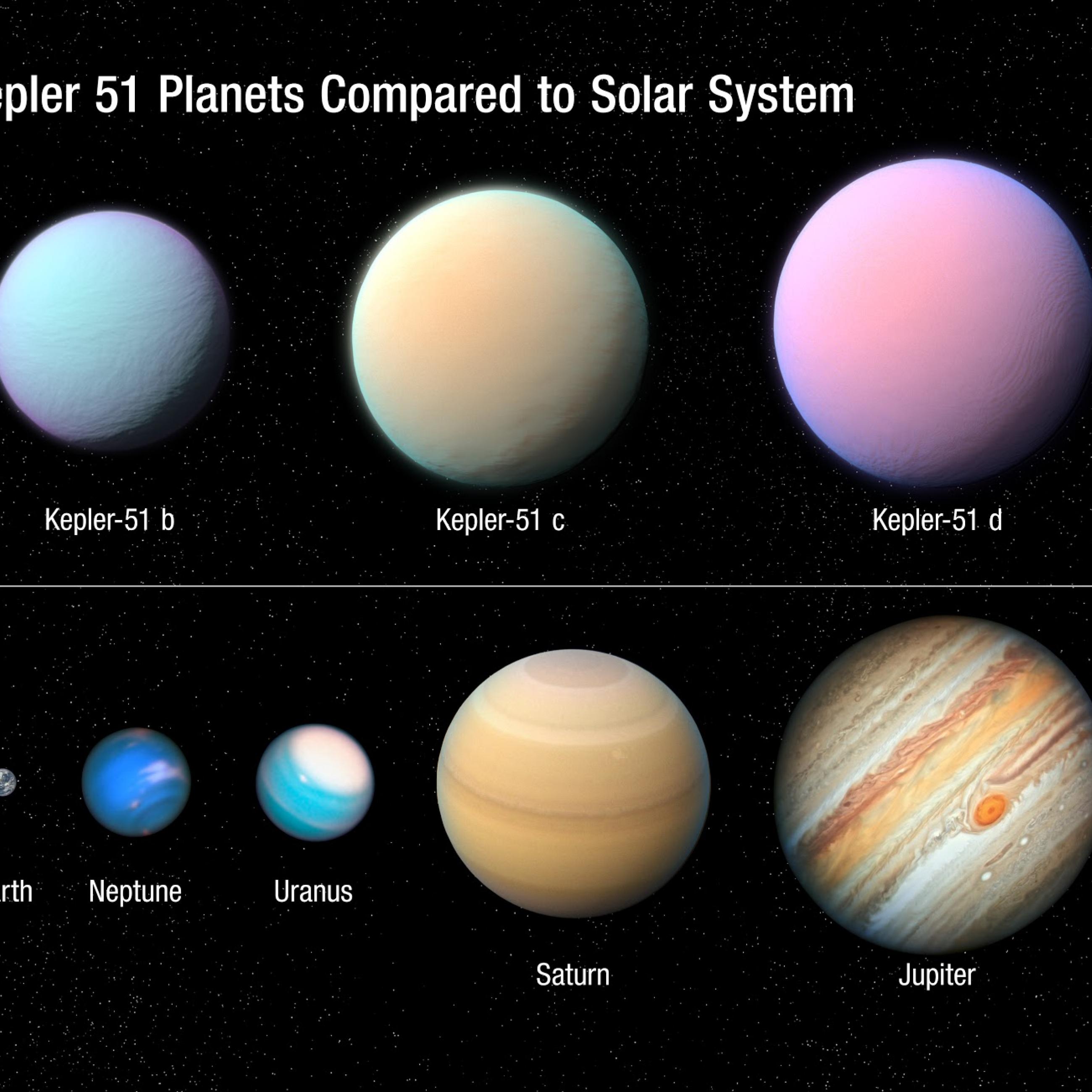
SUPER-PUFF!
What cotton candy and a rare type of exoplanets have in common? The answer is density. This type is called super-puff or puffy planets, characterized by being composed mostly of Hydrogen and Helium — and having an atmospheric layer of methane. The density of this type of planet is 0.1g/cm³, which is almost equal to the density of cotton candy. In this image, there’s a comparison between three puffy exoplanets orbiting Kepler 51 — a 500 million years old star that looks like our Sun — in comparison to some planets of the Solar System.
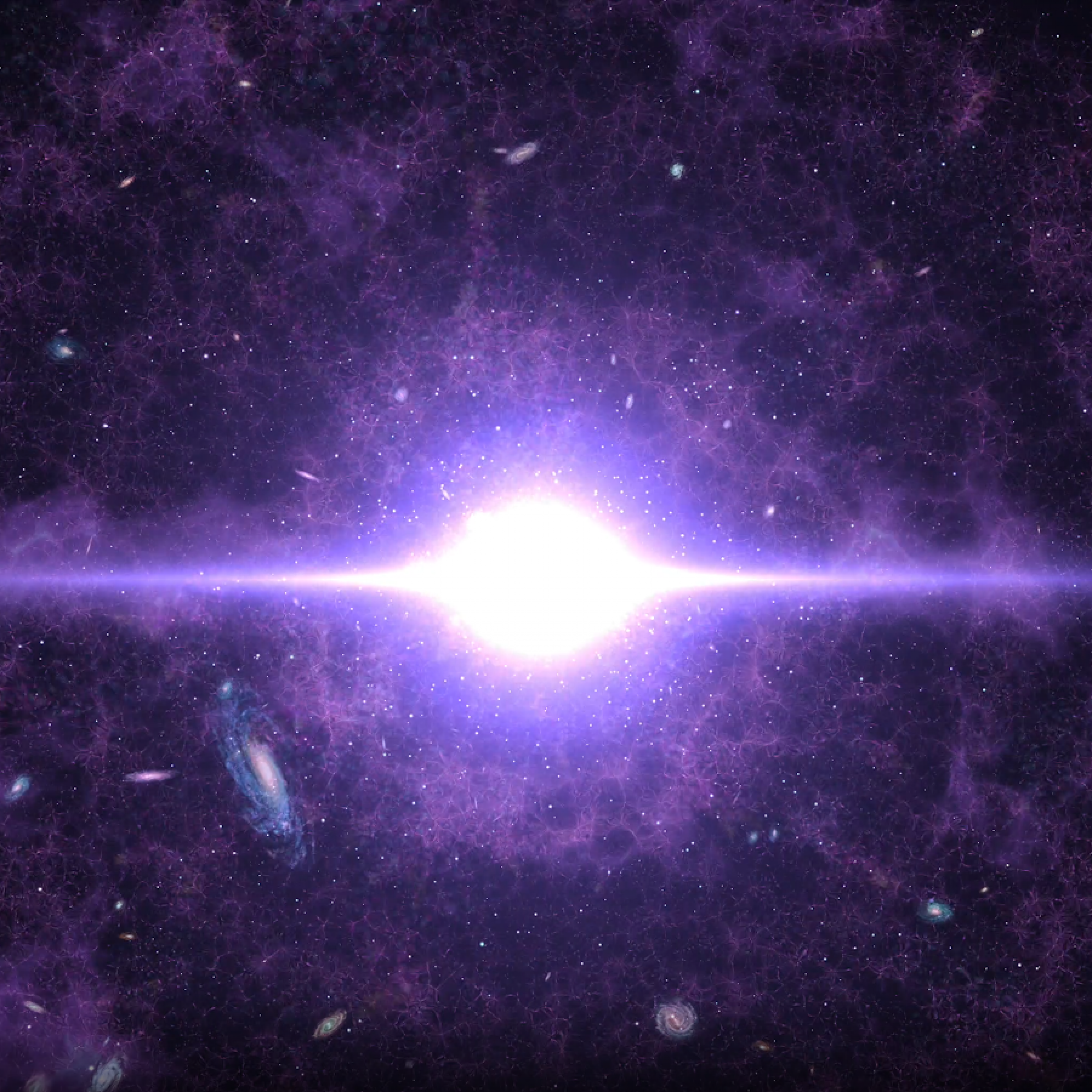
13,7 BILLION YEARS AGO...
Do you know who named the cosmic model known as Big Bang? Fred Hoyle (1915-2001) accidentally coined the term during an interview for BBC, on March 28th 1948, and was (ironically) known to oppose such theory. He suggested that the Universe was in a steady and immutable state — this theory was refuted after the discovery of the cosmic microwave background in 1965. Hoyle attempted to develop another model called “The Steady-State Theory”, alongside Thomas Gold and Hermann Bondim. But other cosmological discoveries refuted their theory.